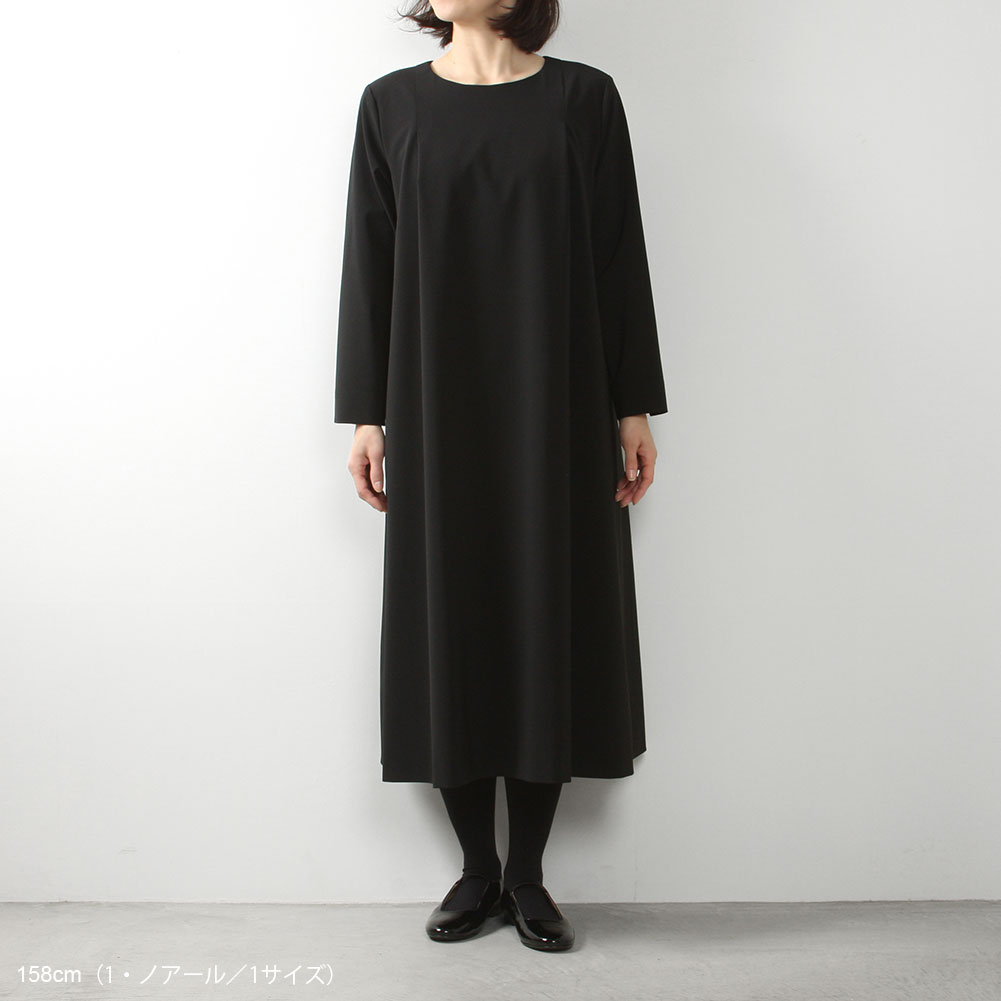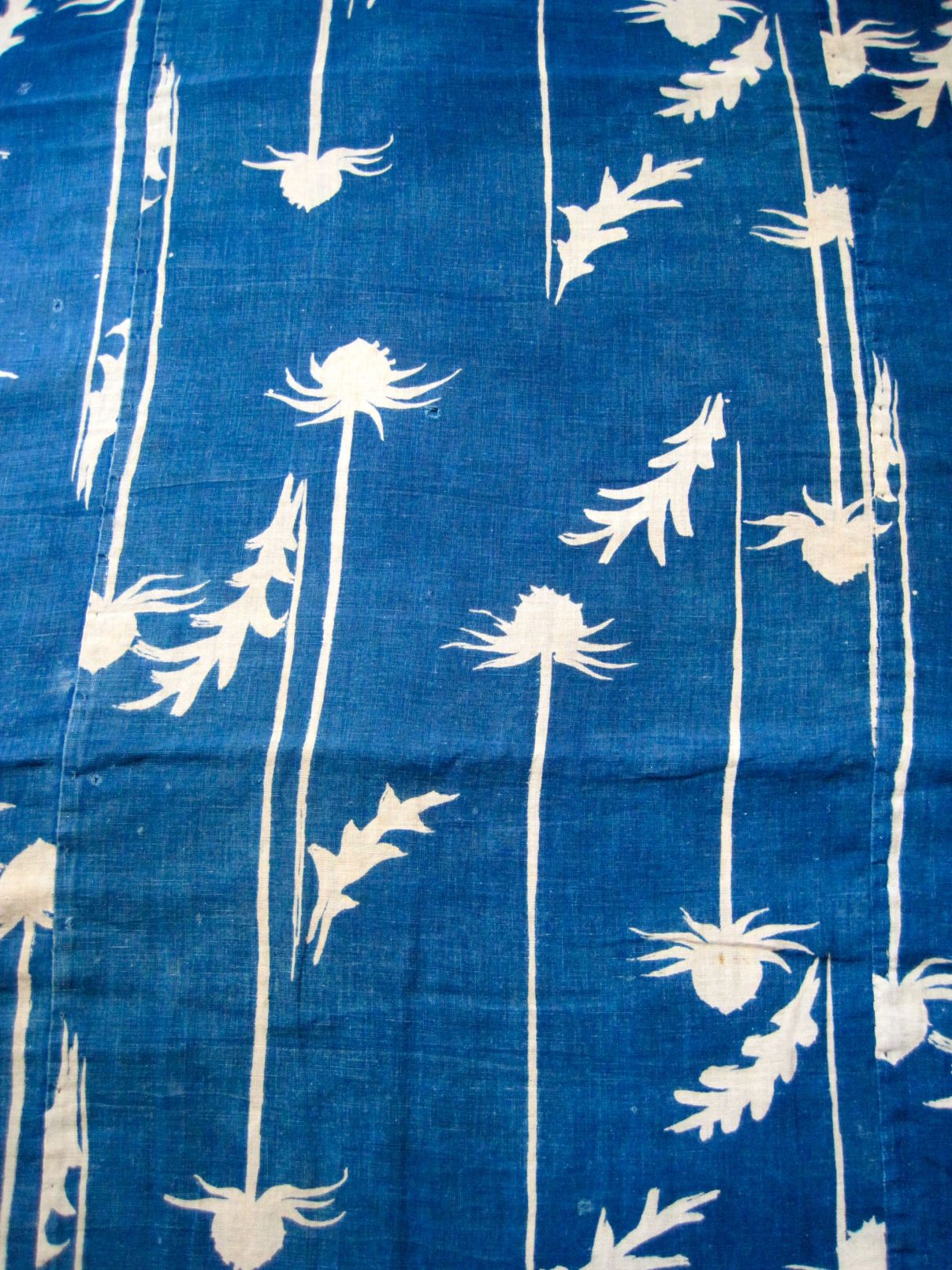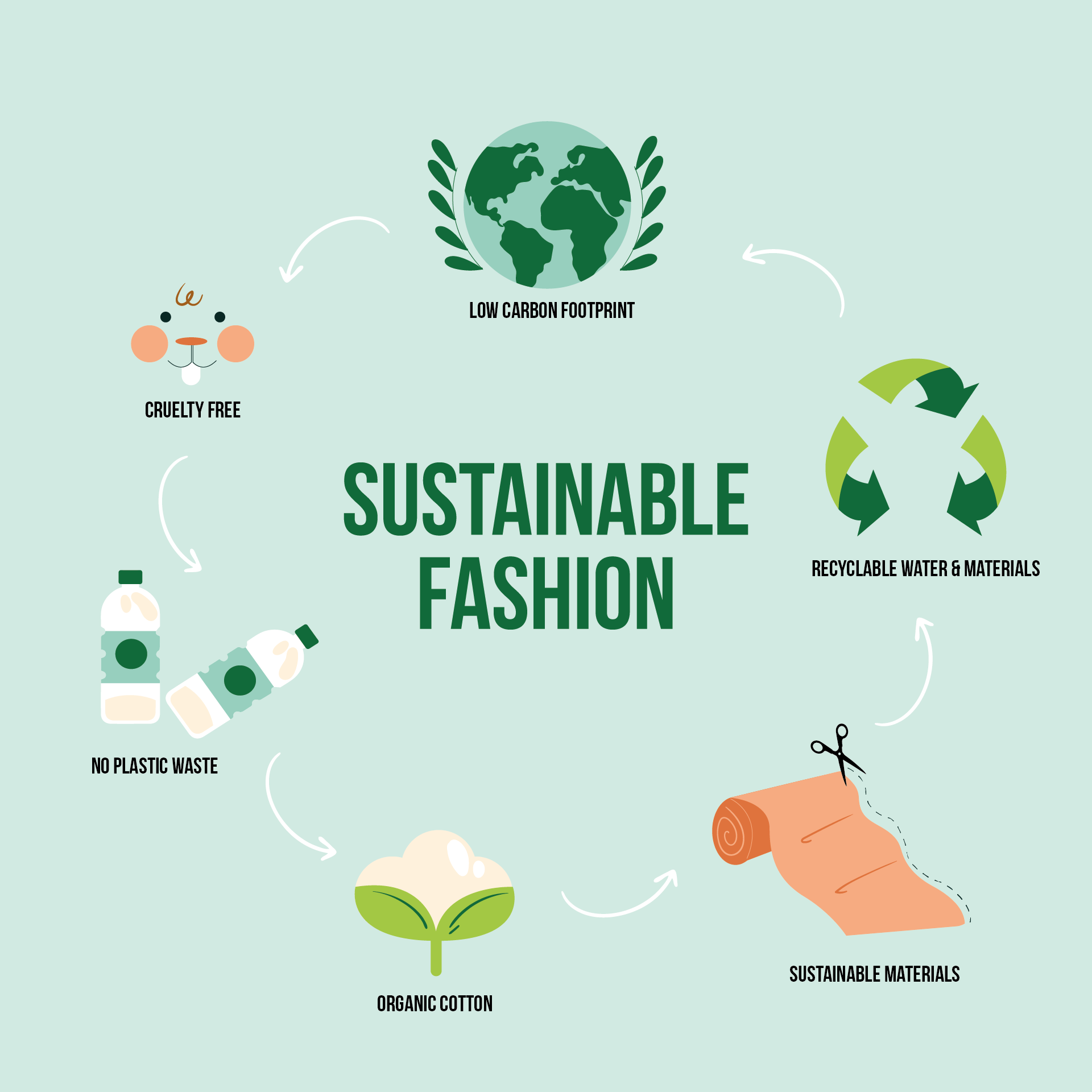Katazome
Katazome is a style of clothing which rose in popularity during Japans Edo Period. Every one except for those of particular status had been banned from wearing silk so, in response, clothes makers adopted hemp cloth and an elegant combination of wax relief and natural dyes.
Indigo was most commonly used by makers of Katazome garments. The word Katazome itself being the name of the wax relief technique used to dye the clothes. The Katazome technique is not too dissimiliar to the batik or tie dye.
Indigo dye, specifically Strobilanthes_cusia. This variety was used exclusively in original Katazome garments as it was naturally abundant in eastern Asia. Below is an exquisite example of Katazome:
_with_Illustrations_from_the_1802_novel_'Hizakurige'_(Shank's_Mare)_by_Ikku_Jipensha_(1765-1831)_LACMA_M.2006.37.6_(1_of_9).jpg)
Historically, extravagant clothing has been a luxury of the rich. Where as, for the majority of people clothing has been determined by pragmatism. The simple cloths and simple designs were the most practical and the plainess of the material naturally lent itself to personalisation.
Katazome was a wonderful solution to the use of silk being forbidden. With hindsight, the value of Katazome was not only that it offered an accessible and practical means of ornamenting fabric for peasant people, but that it has shown it possible for truly elegant and artistic garments to be achieved, even without access to the most valued of resources.

The Edo period in Japan was impressively progressive in pioneering and applying new techniques of printing. Artistic prints, books, clothing and ceramics all benefitted from the culture of experimentation and exploration which flourished in Edo Japan. We can see still it all around us today. Numerous items of clothing today employ printing techniques first applied in Japan. Today, because of the industrialisation of the process, designs have become generic, mechanical and impersonal. Yet, as Katazome demonstrates, with minimal creativity and resources it is possible to create a very sustainable, aesthetic and personal piece of clothing.

As environmental pressures increase and there is wider acknowledgment of the unsustainability of industrial scale consumerism, which includes an acknowledgement of the toxic and exploitative processes employed to supply consumer markets, it will become accepted as imperative that we reintegrate past methods and techniques of production.
However, doing so will not solve the problem entirely because the sustainable consumption of resources is a fundamental civilisational issue. As civilistion has grown more complex and voluminous, it has increased its consumption of resources. Some resources, like indigo, because their natural abundance could not meet the demand, have had to be synthesised, but it is the implementation of industrial techniques in the service of meeting this excessive demand which causes the very pollution so detrimental to the environment.

First, the excessive demand for Indigo brought it close to extinction and then, the process of synthesising it caused even wider damage. Soil, water and air have been scarred in pursuit of an indigo profit. Nonetheless, the history of Katazome shows it is possible to achieve an highly aesthetic, simple and sustainable design process which offers a higher degree of personability, character and pragmatism.

Buy less, choose well, make it last
UN alliance for sustainable fashion
000000000000000000000000000000000000000000000000000000000000000000000000000000000000000000000000000000000000000